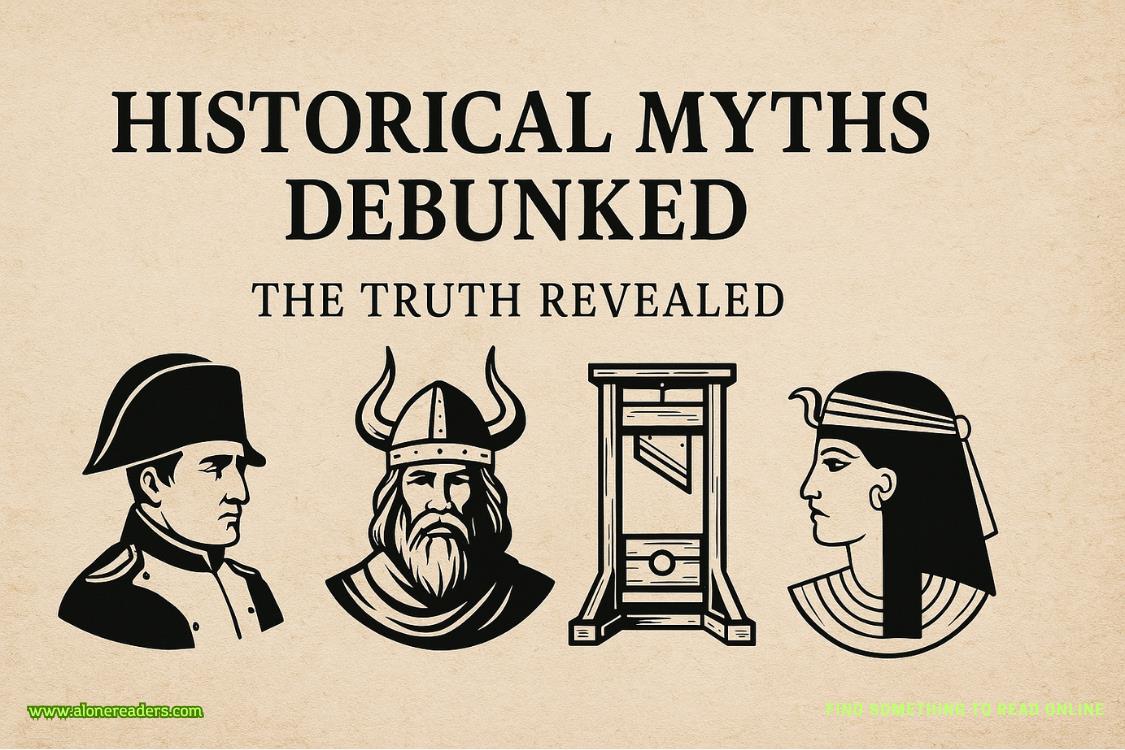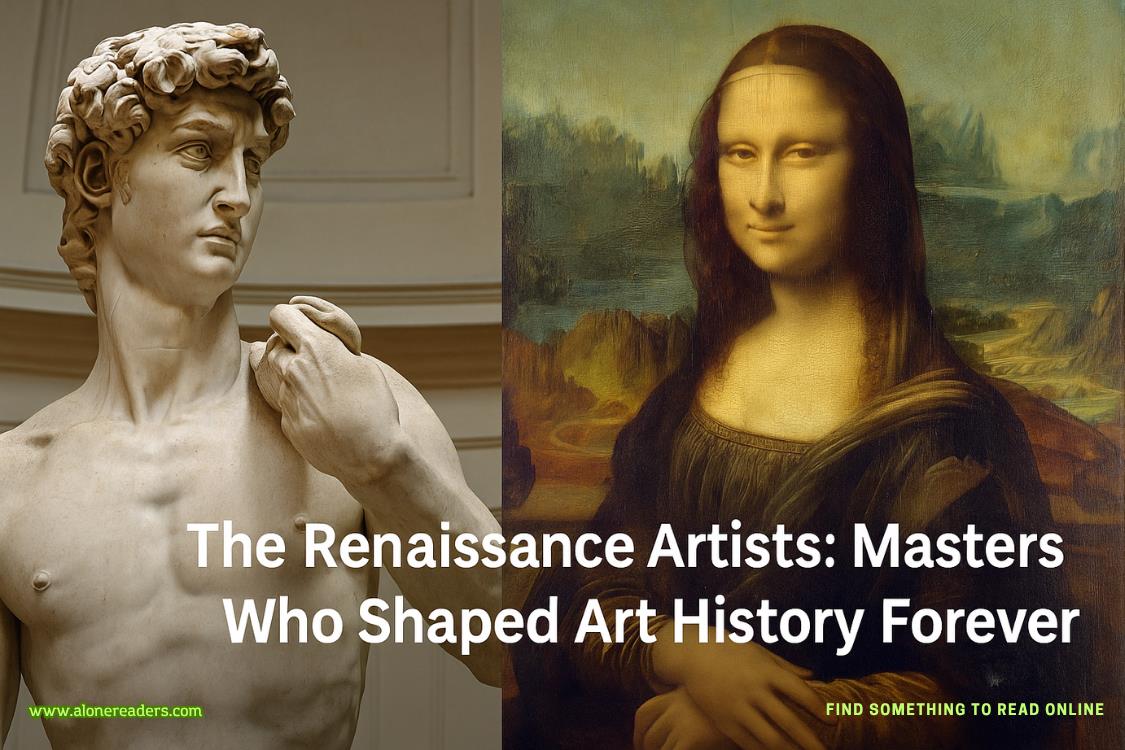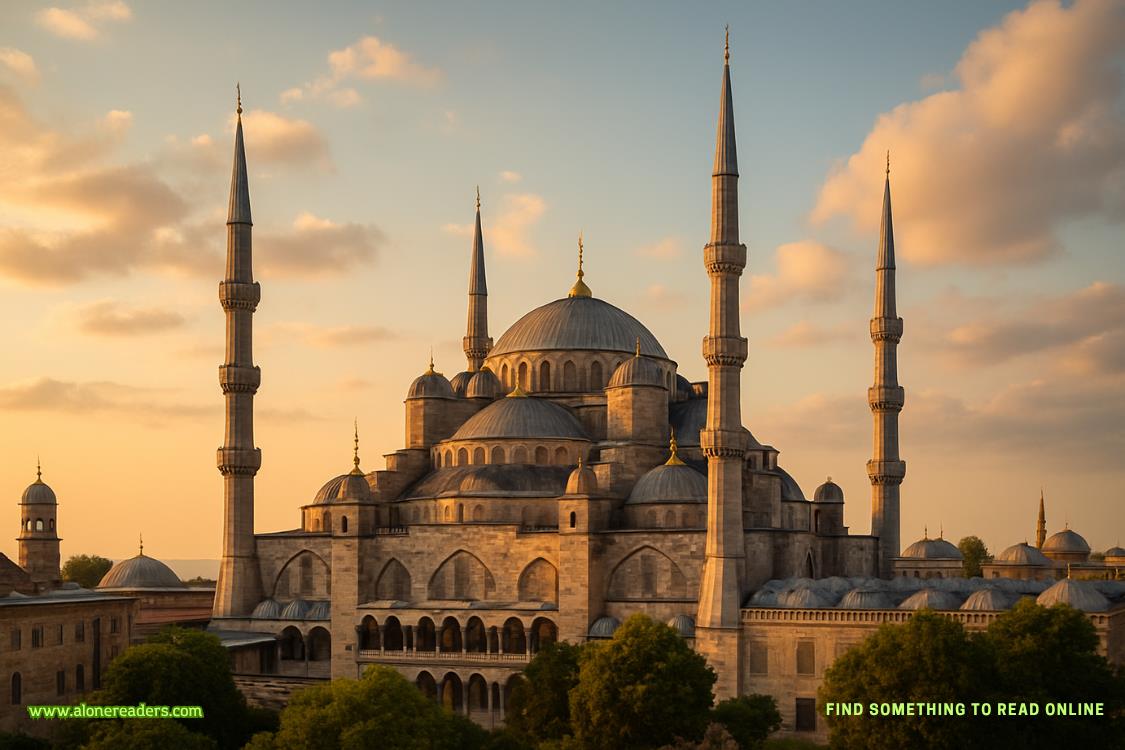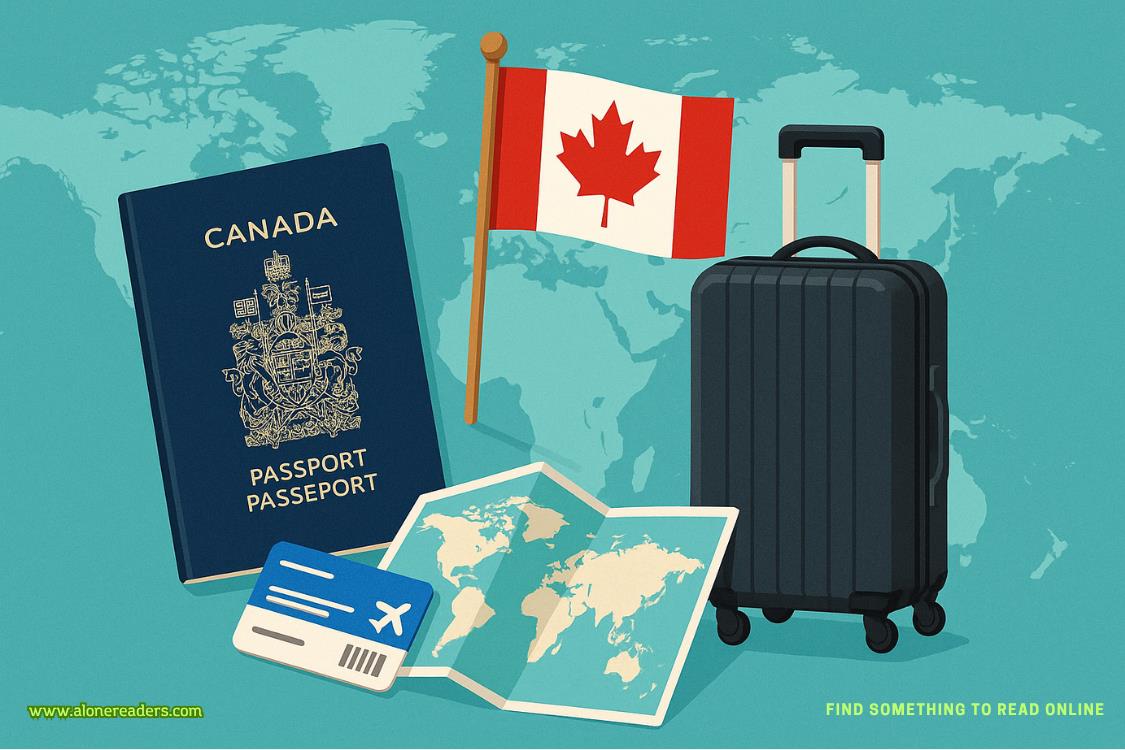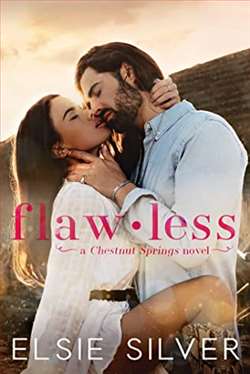I imagine asking him about this painting. The tragic look he’d give me for not knowing the painter, for not having my eyes turned to the greatest heights of artistic expression. I imagine him explaining it like I’m a toddler, making references that only someone with an art history degree would get. That’s what the version of Kitin my head would do, the Kit who’s an ex I don’t talk to anymore. Pretentious, erudite Kit, always too highbrow for me.
A piece of hair falls in his eyes, and he pushes it back with the eraser of his pencil.
That motion, the way the rubber skids across his brow. I’d forgotten, but I remember it now. Kit-the-ex never does that in my head. But Kit-in-real-life did when I knew him, and this Kit does too.
As far as I know, there are two ways to get over someone: Surrender to the anger that’s already there, or invent something to get angry about. Sometimes it was always wrong, and theonly thing to do is stop believing it was good to love them in spite of it. But sometimes they were good to you. Sometimes you go looking for kindling and find that green leaves won’t burn, that the garden was watered too well. Sometimes you have to rearrange the truth into something you won’t miss.
And sometimes, when enough time goes by, it gets hard to remember which one you did.
After, on the museum steps, Fabrizio unspools a list of local recommendations: La Cité Du Vin, the ancient crypt under Basilique Saint-Seurin, the bronze horses of the Monument aux Girondins. A few of us decide that the medieval Saint-Pierre district sounds most interesting.
“Mind if I come too?” Kit asks me.
I’m post-tipsy, relaxed enough that it feels silly for him to ask permission. I roll my eyes and wave him to my side. This feels good, like the picnic shook something loose. Florian gave us a gift: mutual assurance that we’re only interested in fucking other people.
We head past Cathédrale Saint-André and onto a wide, tram-lined street, where Kit asks, “How’s Sloane?”
It’s strange to hear her name from his mouth, but of course he would ask. Sloane’s the most important person in my life,and he’s known her since she was five, which is two whole years longer than the rest of the world has known her.
“She’s good. Busy, but that’s how she likes it. I’m sure you’ve, you know. Seen her around.”
“Yeah, I have,” Kit says, and I wonder, not for the first time, how many times he’s seen my sisters’ faces on a screen and thought of me. “She was incredible in that thing with Colin Farrell last year. How long did it take her to get her Irish accent that good?”
“Like aweek.I swear she’s not human. She just started working on this new one, like a turn-of-the-century, high-society New York accent.”
“What’s that one for?”
“Oh, you’d be into it. It’s an adaptation ofThe Age of Innocence,but like, weird. Very A24. The script is nuts. Her agent says it’ll be her first Oscar nomination.”
“That’s incredible!” Kit says sincerely. “Is she playing May or the countess?”
“Winona Ryder.” I haven’t read the book, but I’ve seen the Scorsese film from 1993. “She really wanted to be Michelle Pfeiffer, but the director said she comes off too friendly.”
“Sloane? Sloane who wanted her audition monologue to be Glenn Close inFatal Attraction? When she was ten? That Sloane?”
“Curse of the former child star,” I sigh. “What about Cora? How’s she?”
Kit laughs under his breath, and I smile. Cora’s still Cora, then.
“Last year she stole Dad’s credit card and charged seventeen hundred dollars at Dave & Buster’s,” he says. “This year she unionized the staff of her Dutch Bros.”
“Hey, that’s really cool!”
“She doesn’tworkthere.”
We talk about my youngest sister, Este, who just wrapped a five-episode run on a big-budget HBO show, and his older brother, Ollie, who’s now in marketing at a publishing house inNew York.
Near an intersection, the road branches diagonally, like whatever lies this way is too old to abide a grid system. It starts as a secret alley, then opens wide, dark cobblestones giving way to the big, smooth, pinkish tiles of the Place du Palais.
Tourists filter through arched antique doors with paper shopping bags and ribbon-tied candy boxes. Cafés overflow onto smoke-tinged terraces. A delivery man zips between Kit and me on a butter-yellow bicycle, fresh loaves of bread bouncing in its basket. It’s like its own tucked-away village, forgotten by time and walled off by rows of lavender and peach buildings that sparkle in the evening sun. At the edge of the square stands a massive, medieval gate topped with a truly fantastical number of pointy turrets. We go under it and down another storybook street, toward one of the historic churches Fabrizio mentioned, Église Saint-Pierre.
We’re almost there when I glance down a side street and notice the letters over a bright blue restaurant entrance:A CANTINA COMPTOIR CORSE. Corse like Corsica, like the island.
“Kit,” I say, stopping. He stops too, even though the rest of the group is leaving us behind. “I have to go try something. For work.”
Kit simply nods and follows. It’s not until after we’ve pushed deep into the noisy pub, grabbed the last two leather stools at the bar, translated the menu, and put in an order that he finally raises a question.
“You said this was about work,” Kit says, “but you didn’t order any wine.”




